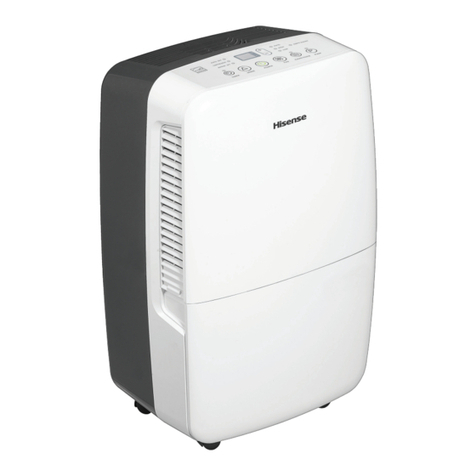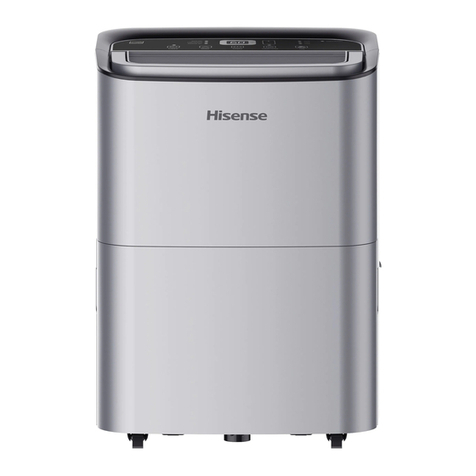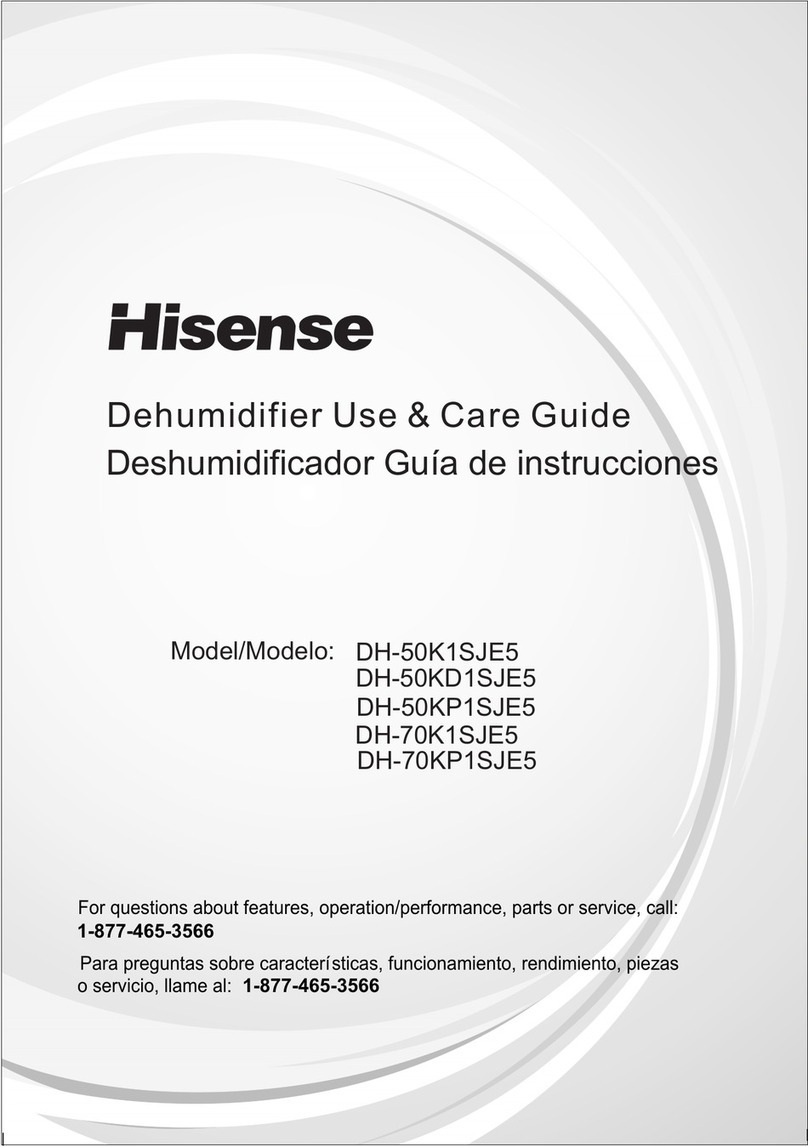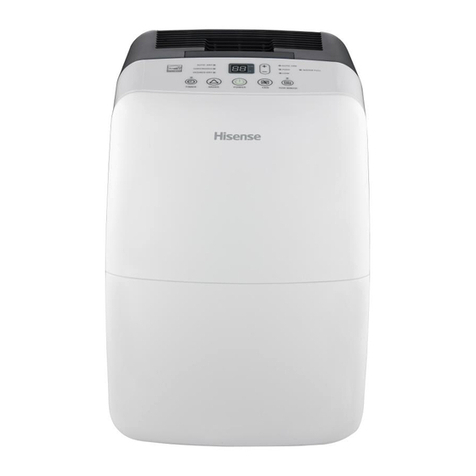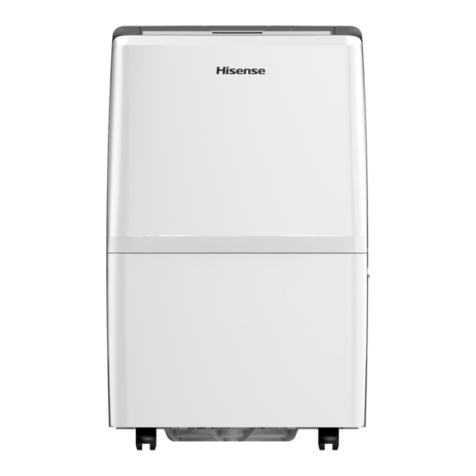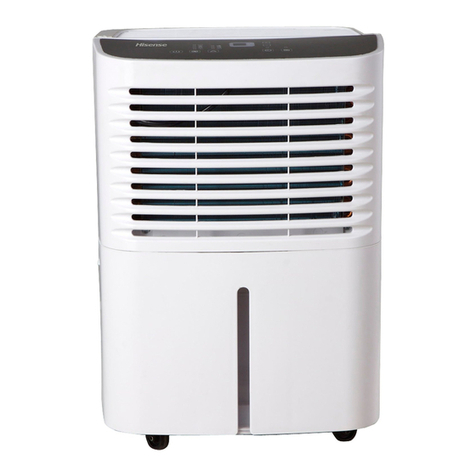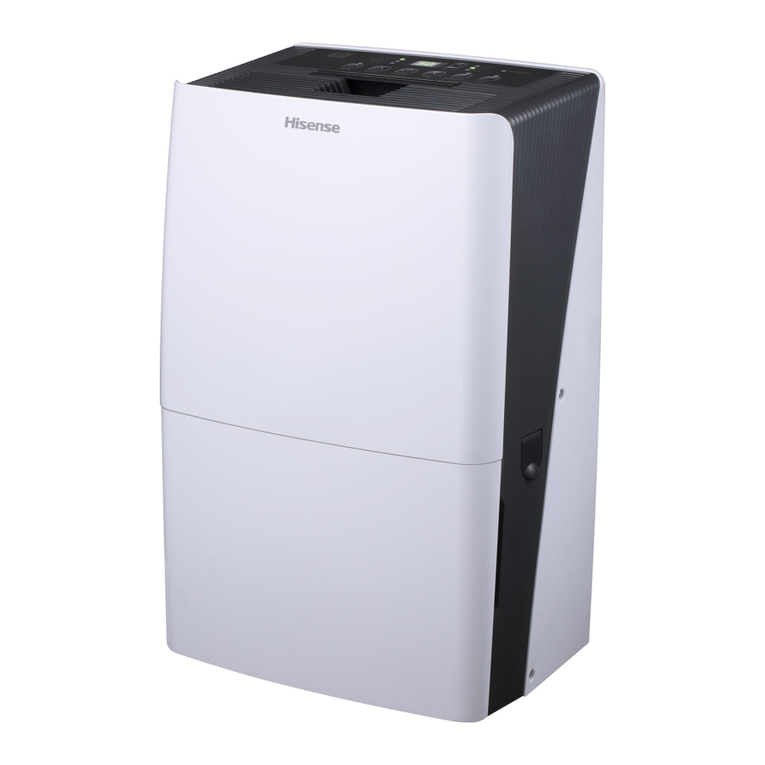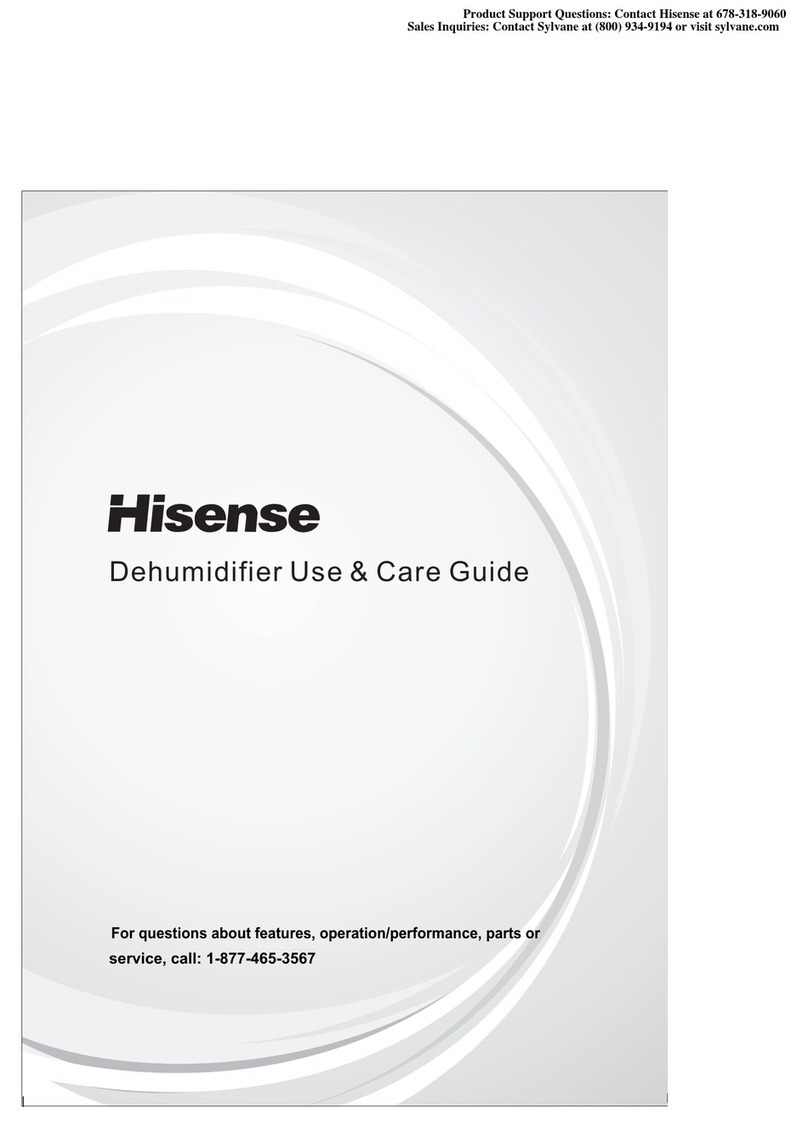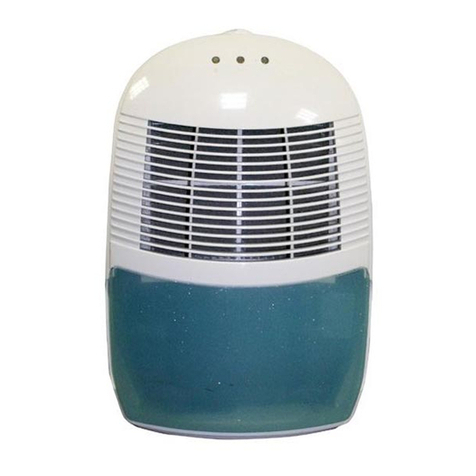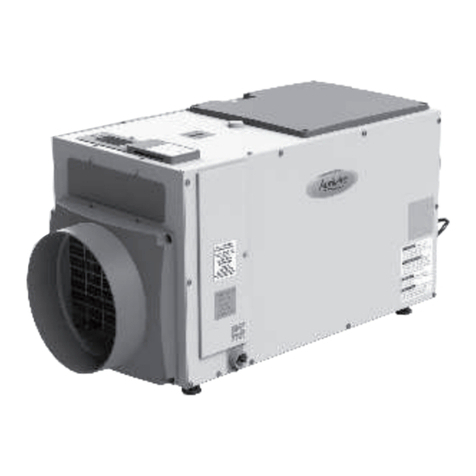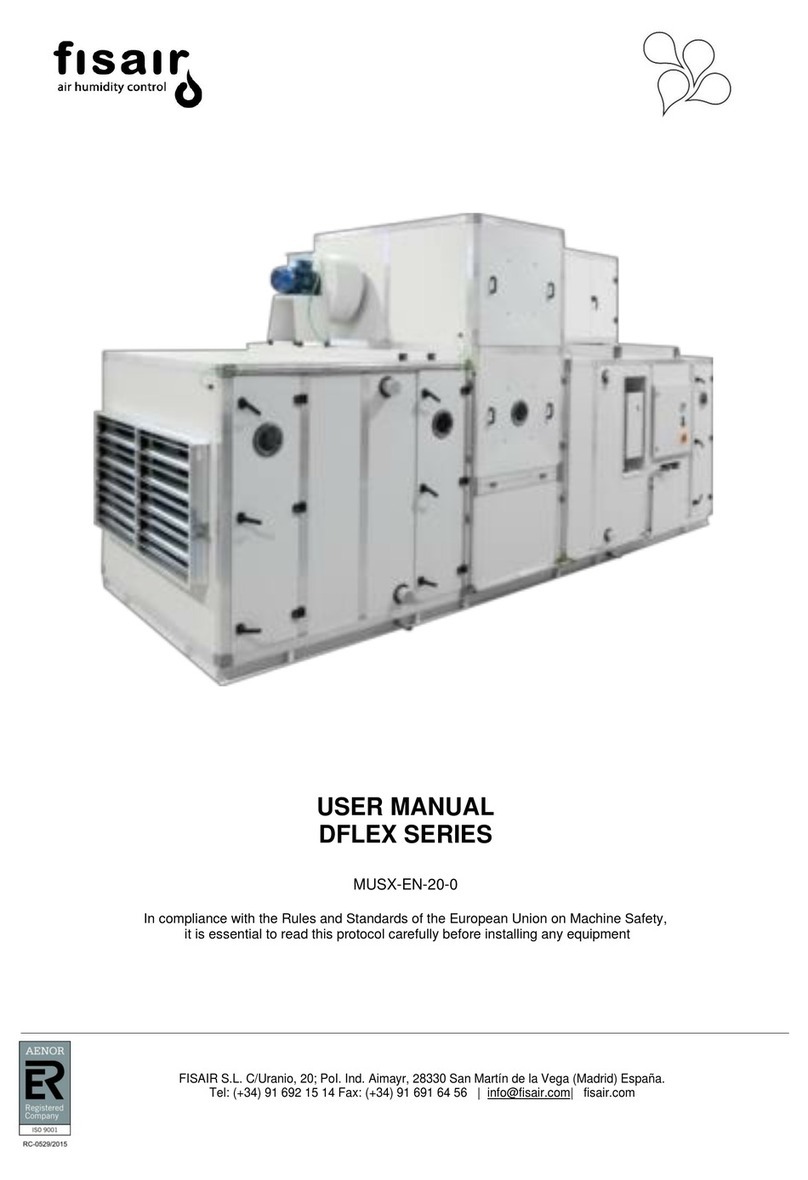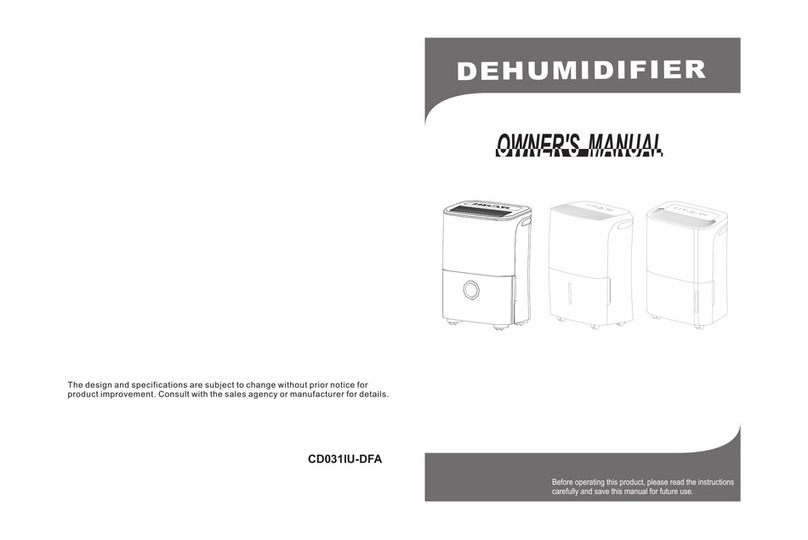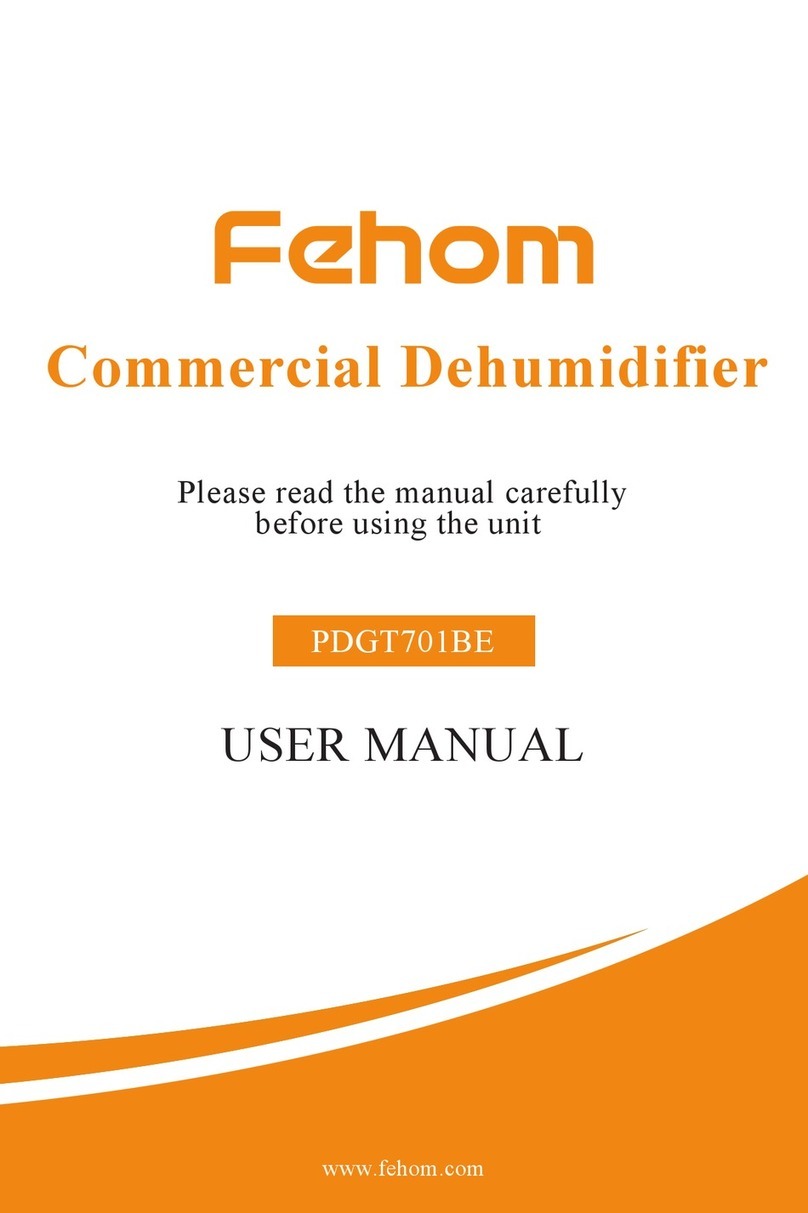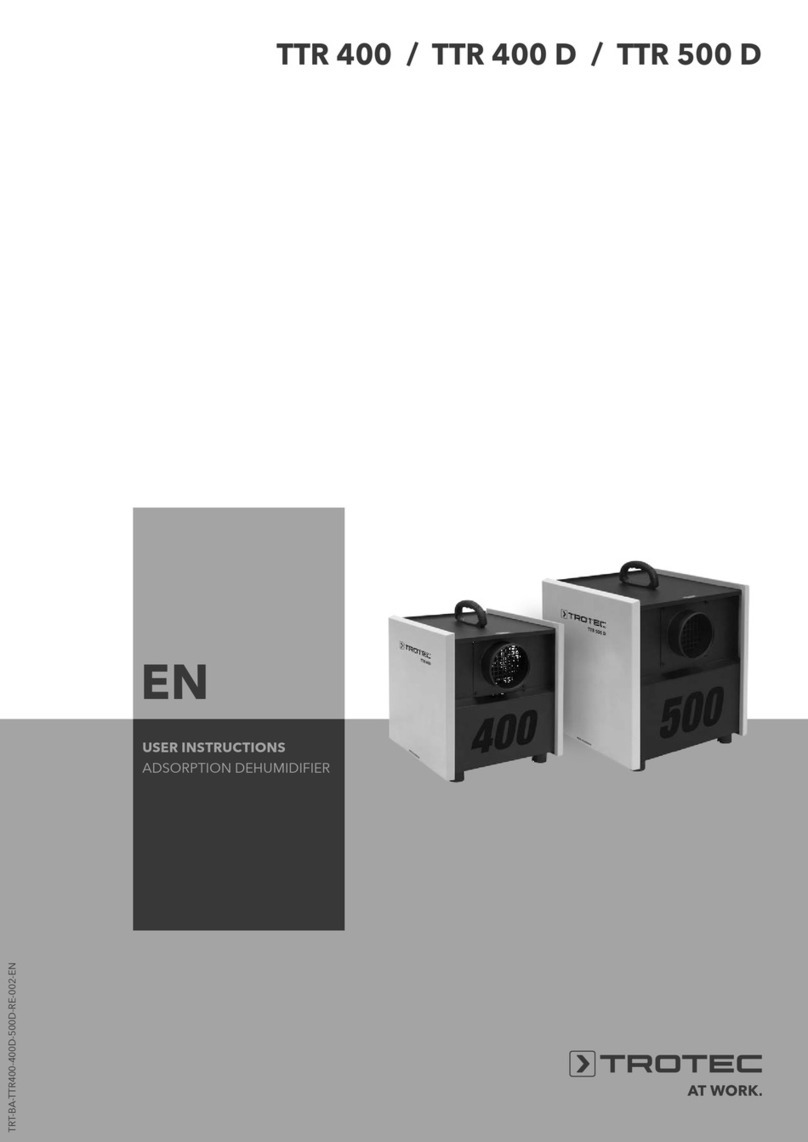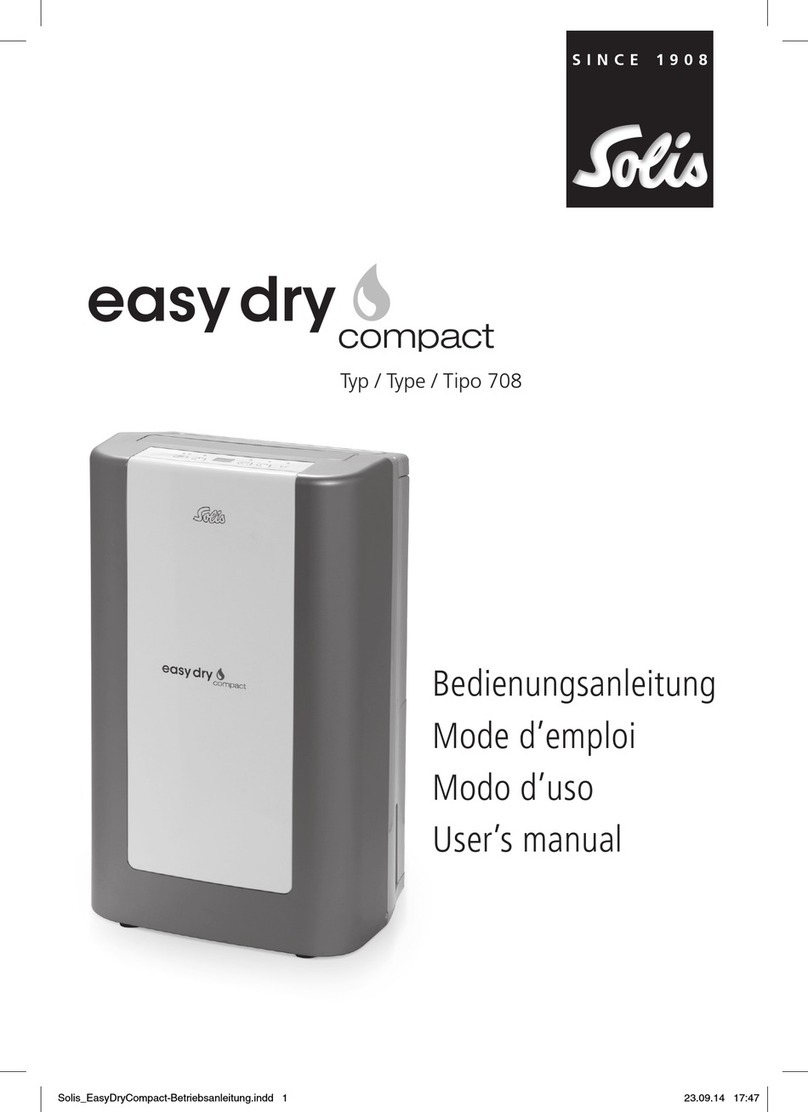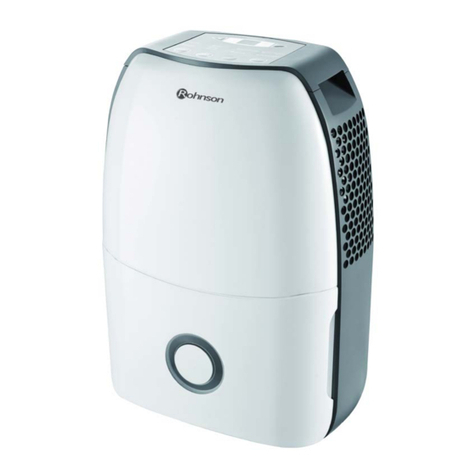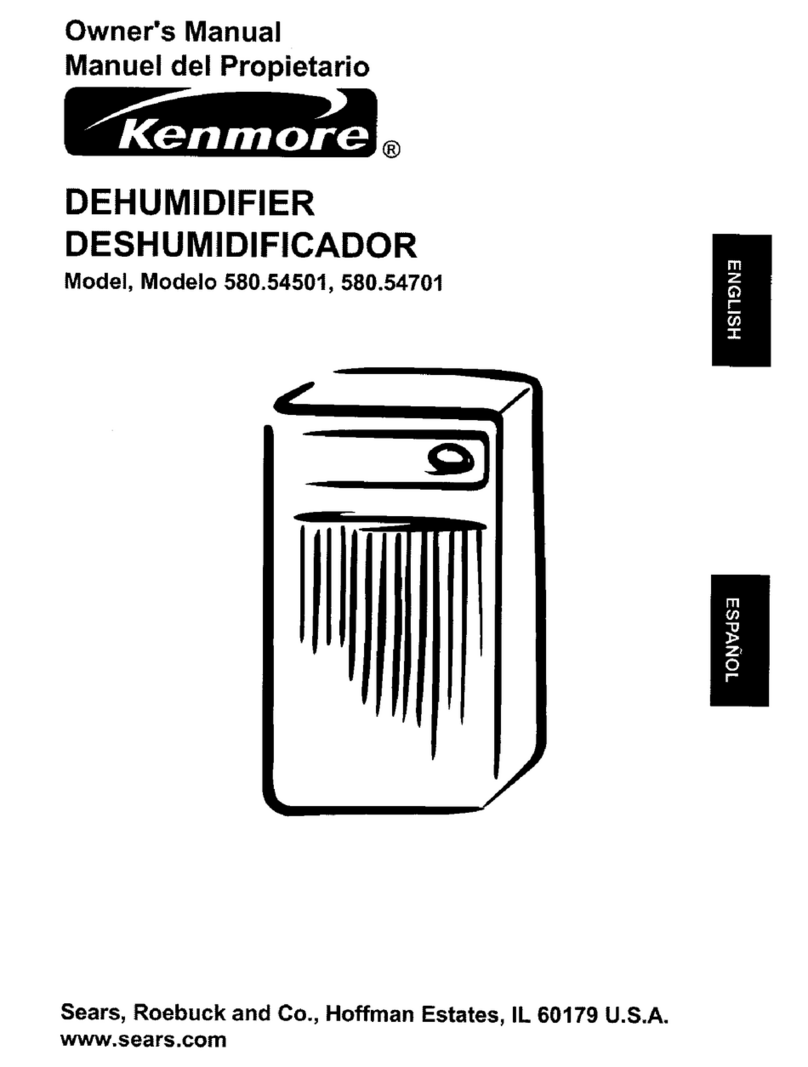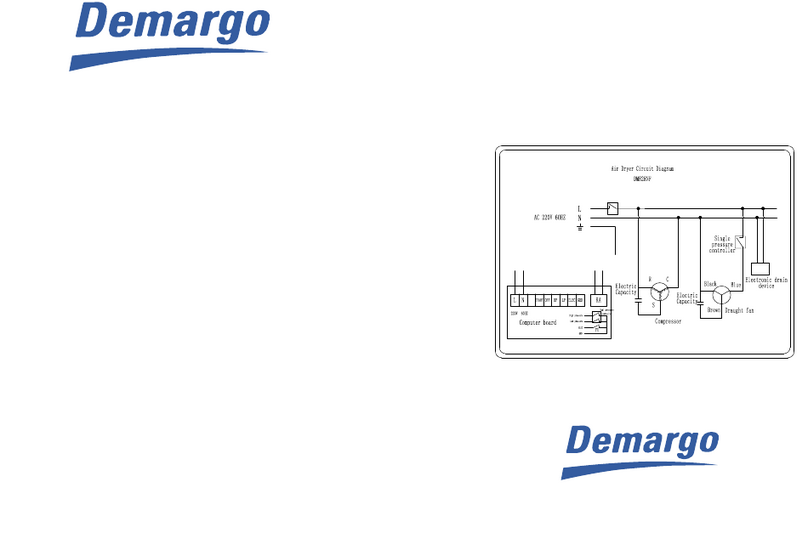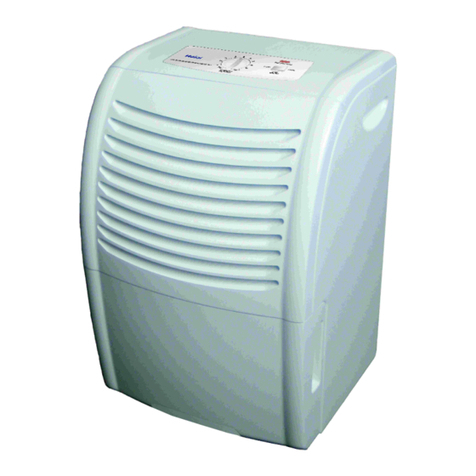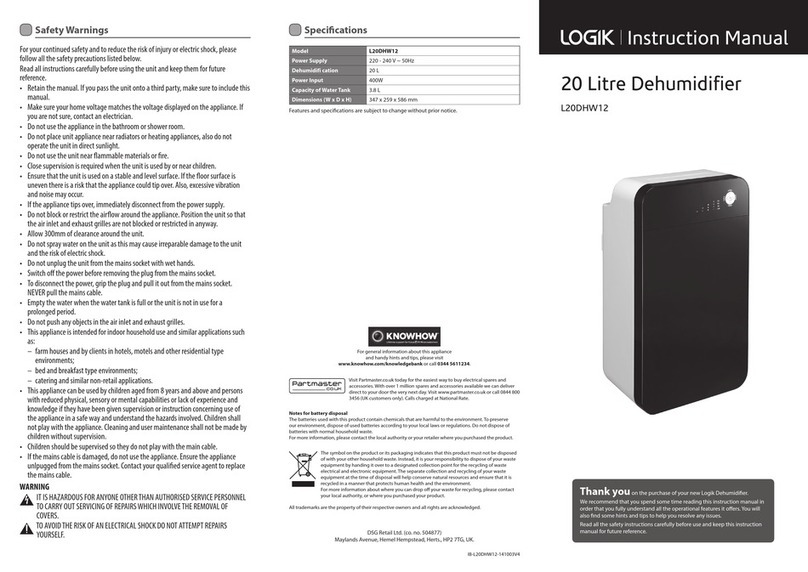
SAFEGUARDING THE ENVIRONMENT
This appliance is made of recyclable or re-usable material. Scrapping must be carried
out in compliance with local waste disposal regulations. Before scrapping it, make
sure to cut off the mains cord so that the appliance cannot be re-used.
For more detailed information on handling and recycling this product, contact your
local authorities who deal with the separate collection of rubbish or the shop where
you bought the appliance.
This appliance is marked according to the European Directive 2012/19/EU, Waste
Electrical and Electronic Equipment (WEEE).
SCRAPPING OF APPLIANCE
This marking indicates that this product should not be
disposed with other household wastes throughout
the EU. To prevent possible harm to the environment
or human health from uncontrolled waste disposal,
recycle it responsibly to promote the sustainable
reuse of material resources. To return your used device,
please use the return and collection systems or contact
the retailer where the product was purchased.
They can take this product for environmental safe recycling.
CAUTION
Do not use means to accelerate the defrosting process or to clean, other than
those recommended by the manufacturer
sources(for example: open flames, an operating gas appliance or an operating
electric heater)
The appliance shall be installed, operated and stored in a room with a floor
area larger than 4 m .
Spaces where refrigerant pipes shall be compliance with national gas
regulations.
Servicing shall be performed only as recommended by the manufacturer.
The appliance shall be stored in a well-ventilated area where the room
size corresponds to the room area as specified for operation.
All working procedure that affects safety means shall only be carried by
competent persons.
The appliance shall be stored in a room without continuously operating open
flames (for example an operating gas appliance) and ignition sources (for
example an operating electric heater).
The appliance shall be so as to prevent mechanical damage from occurring.
Any person who is involved with working on or breaking into a refrigerant circuit
should hold a current valid certificate from an industry-accredited assessment
authority, which authorises their competence to handle refrigerants safely in
accordance with an industry recognised assessment specification.
Servicing shall only be performed as recommended by the equipment
manufacturer. Maintenance and repair requiring the assistance of other skilled
personnel shall be carried out under the supervision of the person competent in
the use of flammable refrigerant.
.
.
.
The appliance shall be stored in a room without continuously operating ignition
Do not pierce or burn
Be aware that refrigerants may not contain an odour.
2
